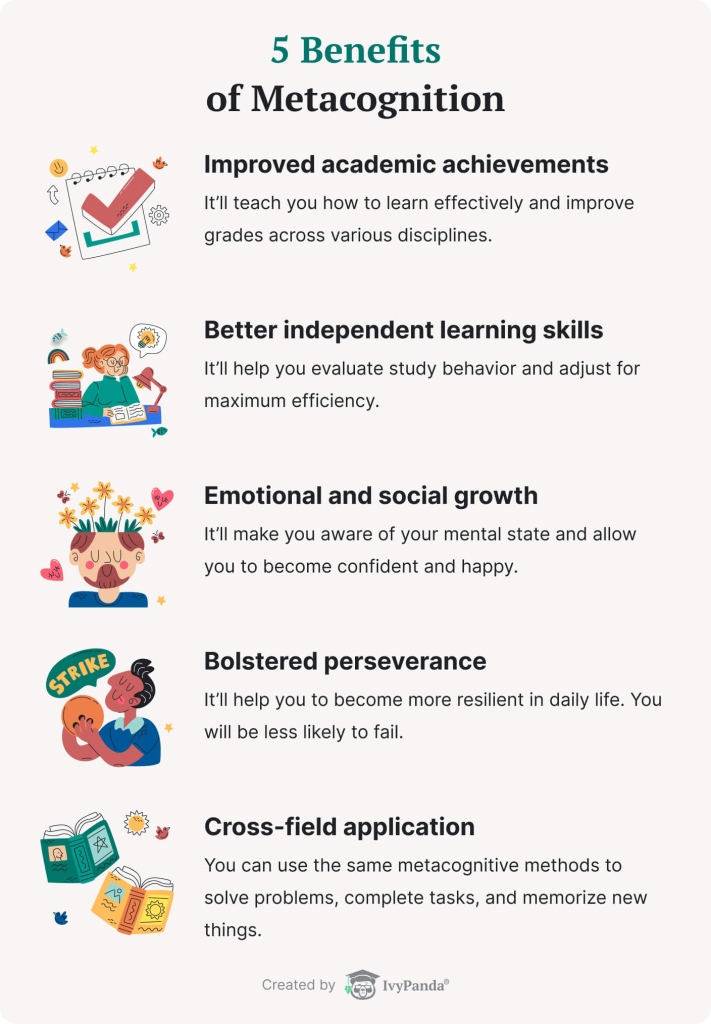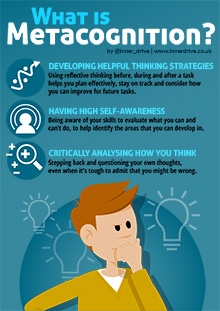
Metacognitive Thinking
How to Develop Metacognitive Skills: What is Metacognitive Thinking?
Hello! Have you heard about metacognition? I’ve been really immersed in this topic lately, and I wanted to share it with you all. Developing metacognitive skills is easier and more fun than you might think. By looking at our everyday thoughts from a slightly different perspective, we can learn so much. So, shall we embark on a journey into the world of metacognitive thinking?

Definitions of Metacognition and Metacognitive Thinking
Metacognition refers to the ability to understand and regulate one’s own cognitive processes—essentially, how we think and the processes involved in thinking. This includes reflective thinking and self-regulated learning, helping learners recognize their learning styles and gain insights into them. Metacognitive thinking is a cognitive technique based on metacognition, which involves a systematic and strategic approach to analyzing and evaluating information during the process of solving problems or acquiring new knowledge. These two concepts are closely interconnected and play a significant role in enhancing learners’ thinking abilities.
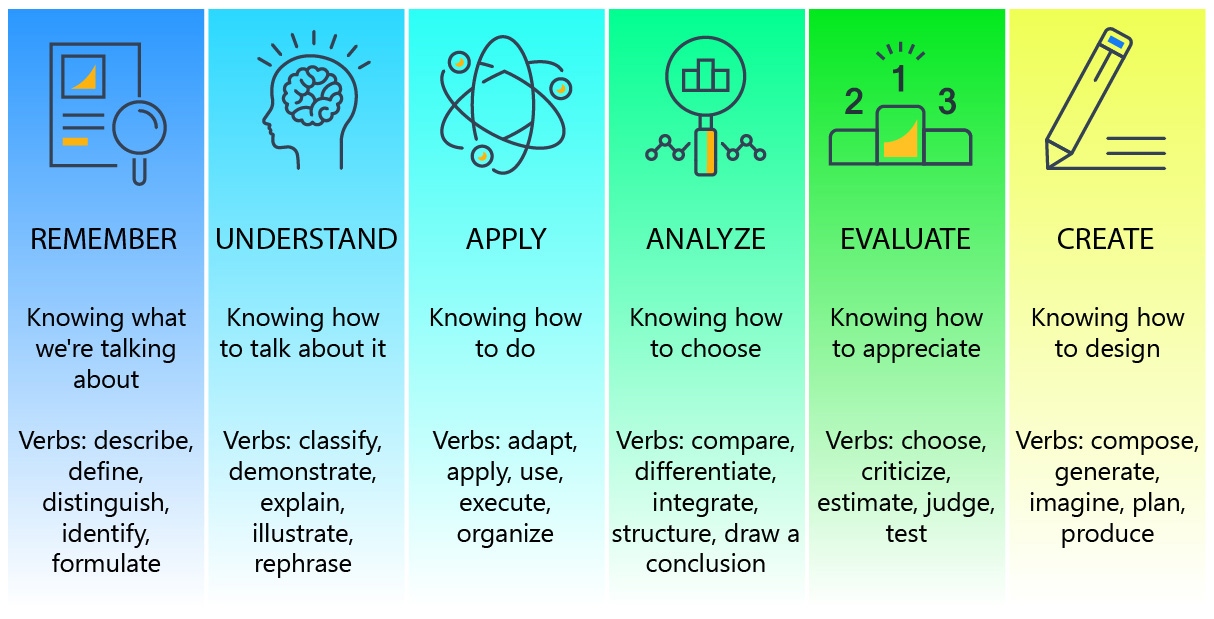
The Importance of Metacognitive Skills
Metacognitive skills are essential for improving an individual’s learning effectiveness. People with these skills are adept at checking their understanding and adjusting their learning methods when necessary. This reduces mistakes during problem-solving processes and enables deeper comprehension. Additionally, through metacognition, learners can recognize their strengths and weaknesses, set efficient goals based on this awareness, and foster self-motivation for autonomous learning. Developing metacognitive skills is crucial for achieving effective learning outcomes.
Examples of Metacognition in Everyday Life
There are various ways to apply metacognition in daily life. For example, when reading, a reader can check their understanding and, if the content is unclear, reread or seek additional materials. For learners preparing for exams, identifying areas of weakness and creating a study plan accordingly is a good example of metacognition. Furthermore, analyzing the reactions of others during conversations and adjusting one’s opinions can also be seen as an application of metacognition. These small choices and actions in daily life accumulate to enhance metacognitive skills.
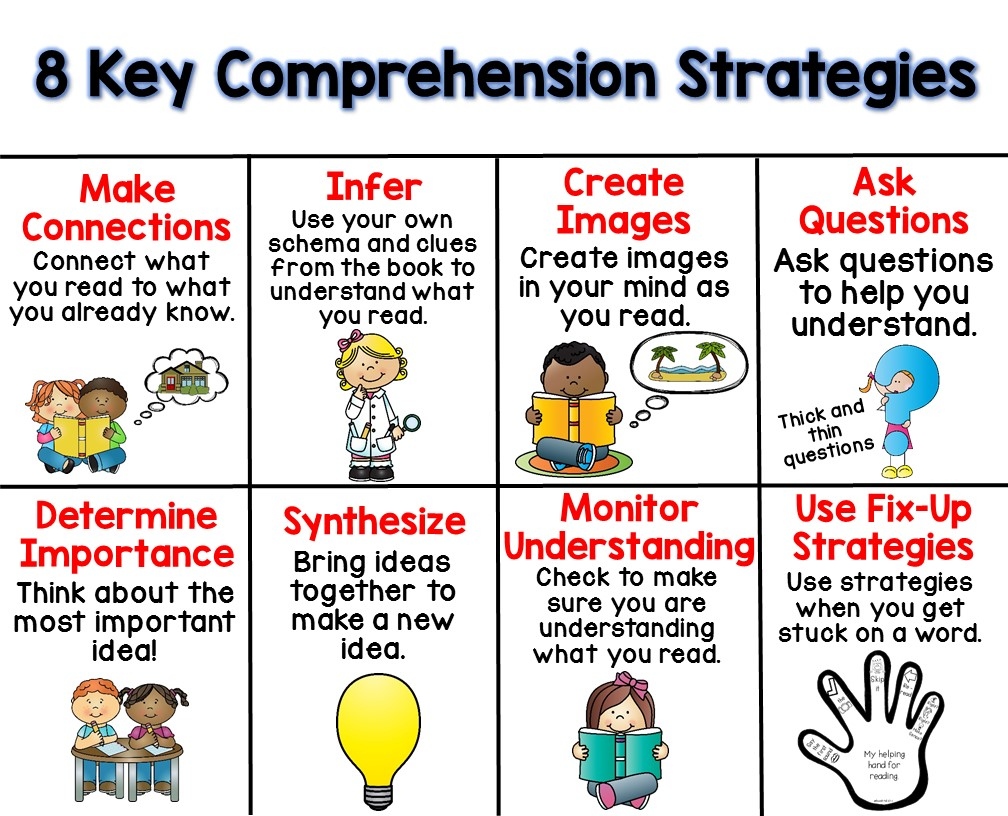
Solving Problems Through Metacognitive Thinking
Metacognitive thinking serves as a powerful tool for effective problem-solving. It involves defining the problem, systematically analyzing possible solutions, and evaluating the pros and cons of each option before making a decision. This method not only addresses the problem but also helps to understand its essence and choose appropriate strategies. For instance, applying metacognitive thinking in complex work situations allows for clear prioritization and efficient resource allocation to seek optimal solutions. This approach aids in deriving creative solutions and developing long-term alternatives.
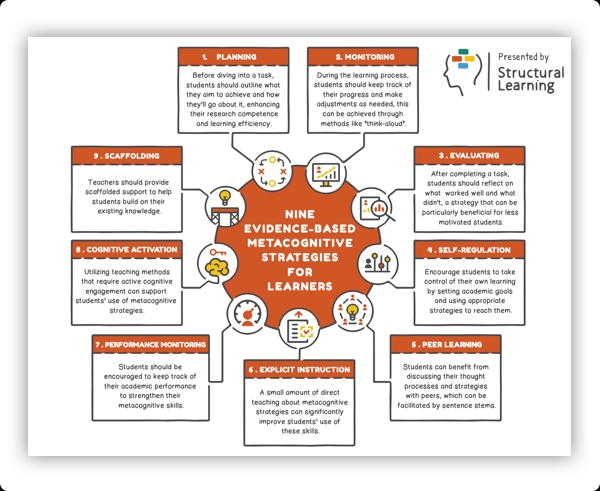
Training Methods to Enhance Metacognitive Skills
Improving metacognitive skills requires continuous and systematic training.
- First, it’s important to assess your current understanding through self-evaluation and periodically reset your goals.
- Second, summarizing what you’ve learned after studying and noting areas where your understanding is lacking is beneficial.
- Third, trying out various problem-solving strategies and reflecting on and recording your experiences during the process can also help.
- Finally, accepting feedback from others and reviewing your thought processes is effective in enhancing metacognitive skills. Through this training, self-awareness improves, leading to better learning outcomes.
The Impact of Metacognitive Thinking on Education
Metacognitive thinking has a significant impact on enhancing students’ learning outcomes in the education field. By guiding students to develop their ability to solve problems and think critically, they can cultivate deeper understanding and a self-directed learning attitude. Educators can use metacognitive thinking to encourage students to manage their learning autonomously and consider various perspectives on problems, fostering creative and innovative thinking. This helps students develop the independent thinking skills necessary to solve complex problems and ultimately contributes to improving the quality of education.
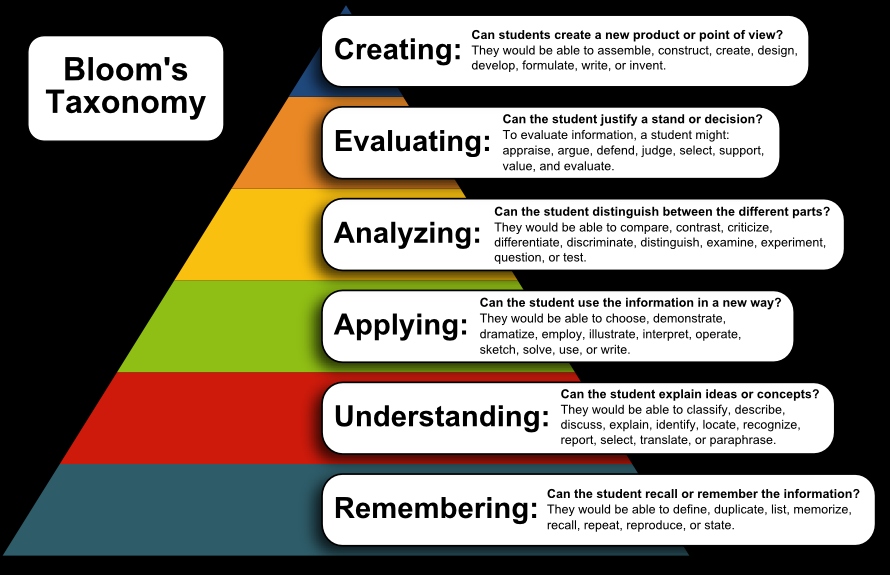
The Relationship Between Metacognition and Self-Directed Learning
Metacognition and self-directed learning are mutually complementary. Metacognition helps learners recognize and regulate their learning processes, serving as an essential element for self-directed learning. It enables learners to set their own goals and formulate plans to achieve them. Learners who excel in self-directed learning recognize their strengths and weaknesses and possess the ability to seek appropriate support or resources when needed. In this relationship, metacognition plays a crucial role in helping learners engage in self-directed learning more effectively.
Practical Tips for Developing Metacognitive Skills
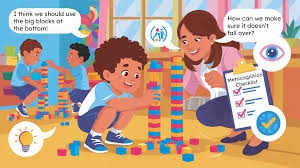
To enhance metacognitive skills, applying a few practical approaches can be beneficial.
- First, during learning, ask yourself questions such as, “What am I learning right now? Do I understand it?” This can help you check your current understanding.
- Second, visually organizing information can also be useful. Using mind maps or diagrams to visually comprehend the structure of the content is a great approach.
- Third, explaining what you’ve learned to someone else is a good way to assess how well you’ve understood the material. By applying these tips, you can effectively enhance your metacognitive skills.

